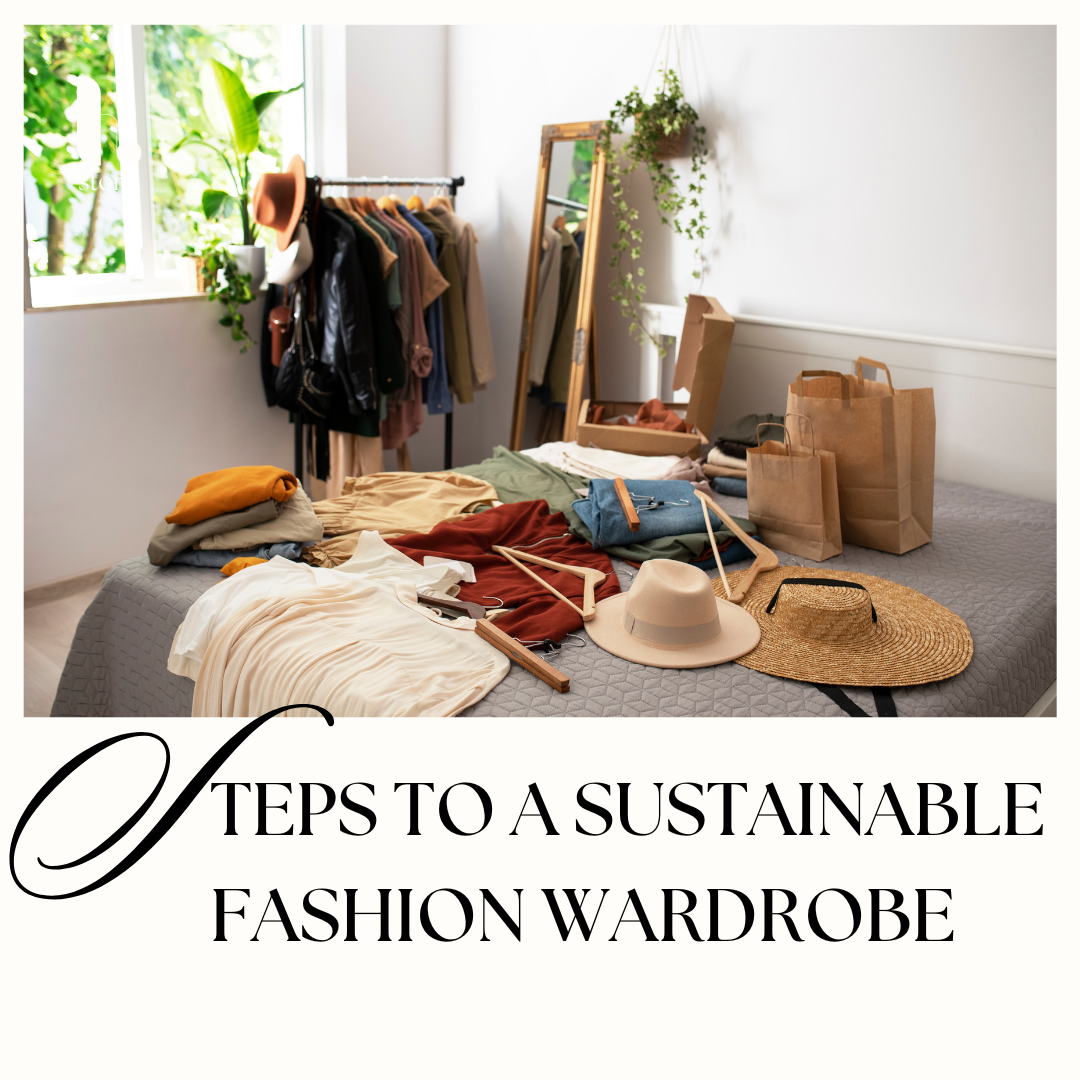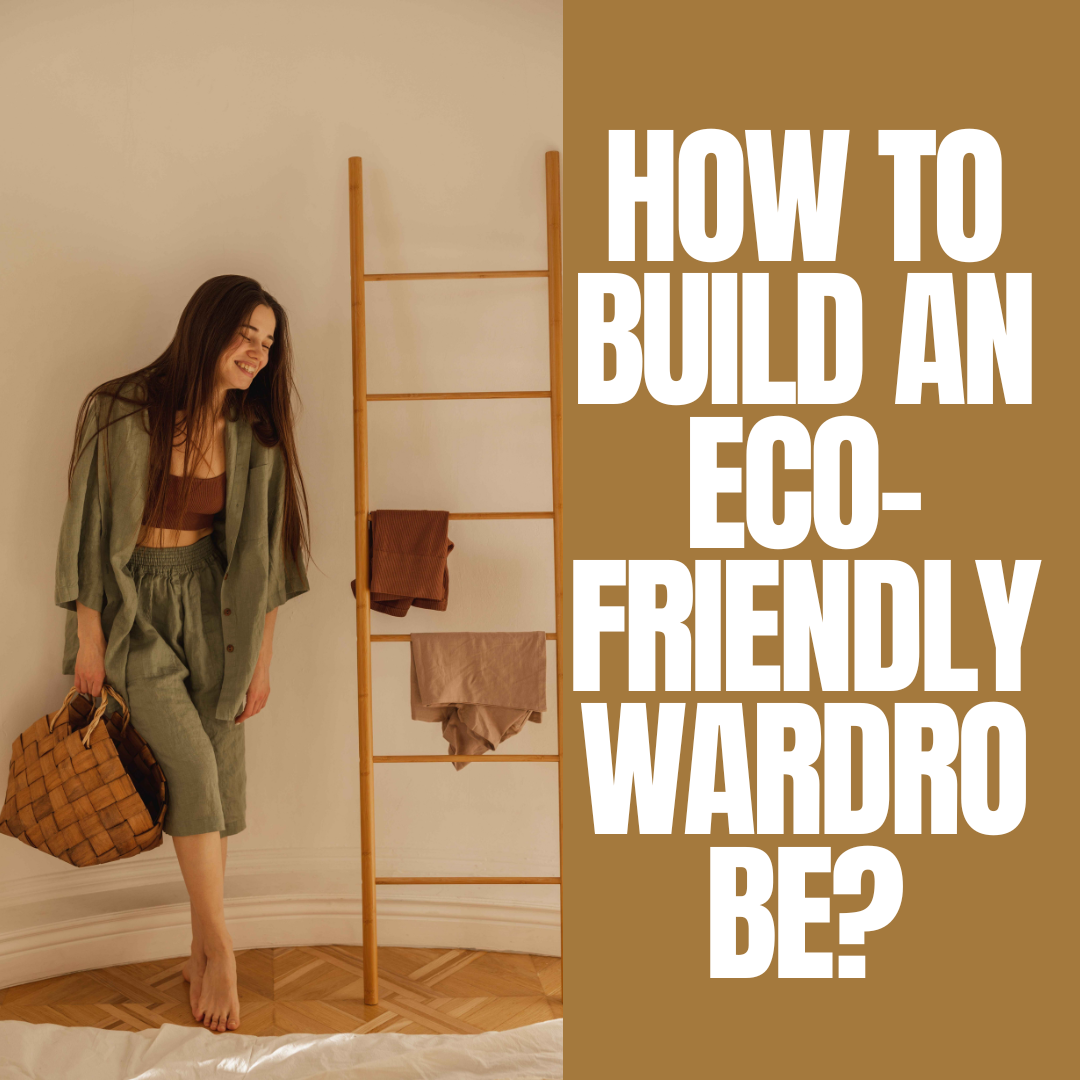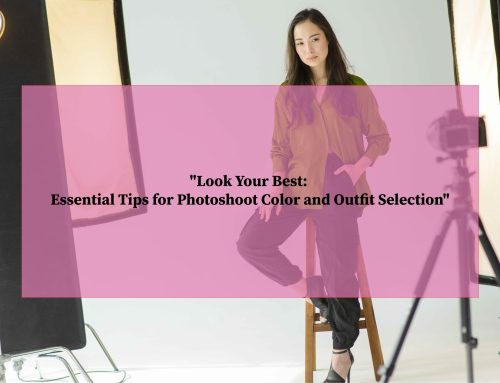
In recent years, sustainable fashion has become a hot topic in the fashion industry and among consumers. With growing awareness about the environmental and ethical impacts of fast fashion, many people are seeking ways to build an eco-friendly wardrobe. This blog post explores practical steps to incorporate sustainable fashion choices into your daily life, including tips on selecting eco-friendly fabrics and brands.
Understanding Sustainable Fashion
Sustainable fashion involves making clothing and accessory choices that prioritize environmental conservation and ethical production practices. This includes using eco-friendly materials, reducing waste, and ensuring fair labor practices. By embracing sustainable fashion, you can reduce your carbon footprint, support ethical businesses, and promote a healthier planet.
1. Choose Eco-Friendly Fabrics
The first step in building an eco-friendly wardrobe is to choose fabrics that have a minimal environmental impact. Here are some top choices:
– Organic Cotton: Grown without harmful pesticides and synthetic fertilizers, organic cotton is better for the environment and the farmers who produce it. Look for certifications like GOTS (Global Organic Textile Standard) to ensure authenticity.
– Bamboo: Bamboo fabric is soft, breathable, and biodegradable. It grows quickly without the need for pesticides, making it a sustainable choice.
– Hemp: Hemp is a durable and eco-friendly fabric that requires little water and no pesticides to grow. It also regenerates the soil, making it beneficial for the environment.
– Tencel (Lyocell): Made from sustainably sourced wood pulp, Tencel is produced in a closed-loop process that recycles water and solvents. It’s a soft, breathable, and biodegradable fabric.
– Recycled Fabrics: Fabrics made from recycled materials, such as recycled polyester or nylon, help reduce waste and lower the demand for virgin resources. Brands like Patagonia and Girlfriend Collective are known for using recycled fabrics.
2. Support Ethical and Sustainable Brands
Choosing to buy from brands that prioritize sustainability and ethical practices is another key step. Here are some tips for finding and supporting these brands:
– Research Brand Practices: Look for brands that are transparent about their supply chain, labor practices, and environmental policies. Websites like Good On You provide ratings and information on various brands’ sustainability efforts.
– Look for Certifications: Certifications such as Fair Trade, B Corp, and GOTS can help you identify brands committed to sustainable and ethical practices.
– Shop Secondhand: Thrifting and shopping from secondhand stores not only reduces waste but also gives clothes a second life. Websites like ThredUp and Poshmark offer a wide selection of pre-owned fashion.
3. Build a Capsule Wardrobe
A capsule wardrobe is a collection of essential, timeless pieces that can be mixed and matched to create various outfits. This approach promotes sustainability by focusing on quality over quantity and reducing the need for frequent purchases. Here are some tips for building a capsule wardrobe:
– Invest in Basics: Choose high-quality, versatile basics such as a white shirt, black trousers, a classic blazer, and a little black dress.
– Opt for Neutral Colors: Neutral colors like black, white, grey, and beige are easy to mix and match, making your wardrobe more versatile.
– Prioritize Quality Over Quantity: Invest in well-made pieces that will last longer and withstand frequent wear.
4. Care for Your Clothes
Proper care extends the life of your clothes, reducing the need for replacements and minimizing waste. Here are some tips:
– Follow Care Instructions: Always read and follow the care labels on your clothes to avoid damage.
– Wash Less Frequently: Washing clothes less frequently reduces wear and tear. Spot clean when possible and air out garments between wears.
– Repair and Upcycle: Mend small tears, replace buttons, and upcycle old clothes into new items to extend their lifespan.
Building an eco-friendly wardrobe is a journey that involves mindful choices and a commitment to sustainability. By choosing eco-friendly fabrics, supporting ethical brands, building a capsule wardrobe, and caring for your clothes, you can make a positive impact on the environment and promote sustainable fashion. Start making small changes today and enjoy the benefits of a sustainable and stylish wardrobe.
Here are a few eco-friendly clothing brands available online:
1. Patagonia – Known for its commitment to environmental responsibility and sustainable outdoor clothing.
2. Eileen Fisher – Offers elegant designs made with sustainable practices and materials.
3. Reformation – Provides trendy clothing made with eco-friendly materials and sustainable practices.
4. Everlane – Focuses on high-quality basics with ethical manufacturing and transparency.
5. People Tree – A leader in sustainable and fair trade fashion with a wide range of stylish clothing.
6. Amour Vert – Creates beautiful fashion with minimal environmental impact.
7. PACT – Specializes in organic cotton basics and essentials produced in fair trade factories.
8. Thought Clothing – Offers clothing made from sustainable fabrics like organic cotton, bamboo, and hemp.
9. Tentree – Plants ten trees for every item sold, offering eco-friendly apparel and promoting reforestation.
10. Veja – Produces footwear using organic materials, fair trade sourcing, and transparent production processes.
11. Outerknown – Founded by surfer Kelly Slater, focuses on sustainable materials and ethical production.
12. Girlfriend Collective – Known for activewear made from recycled materials and ethical manufacturing practices.
13. Kotn – Provides high-quality basics made from sustainably sourced Egyptian cotton.
Supporting these eco-friendly clothing brands promotes sustainable practices, ethical labor, and environmental conservation. By choosing their products, consumers help reduce waste, carbon footprint, and support fair wages and safe working conditions. These brands emphasize transparency and responsibility, ensuring that fashion choices contribute positively to the planet and society.



Leave A Comment